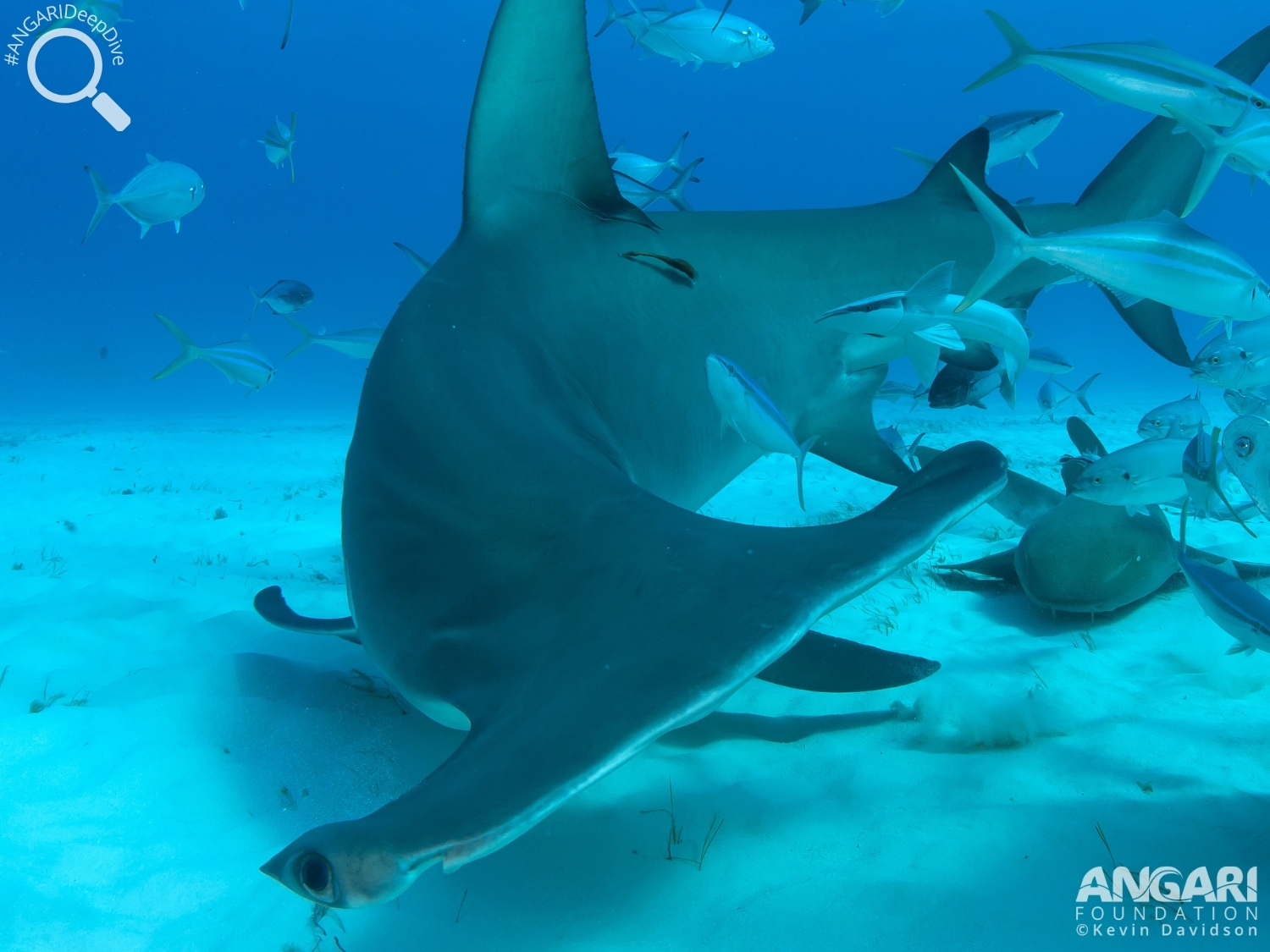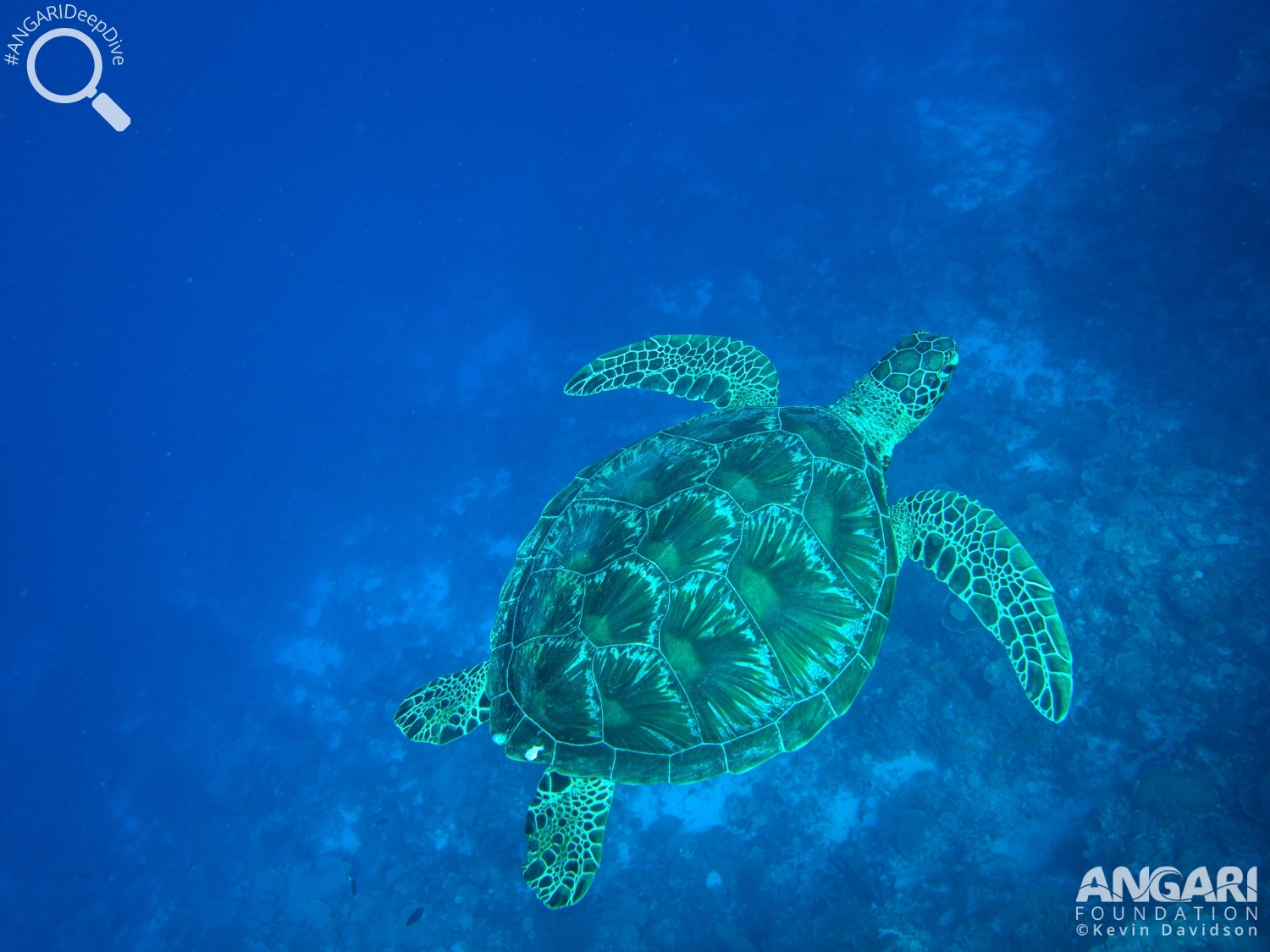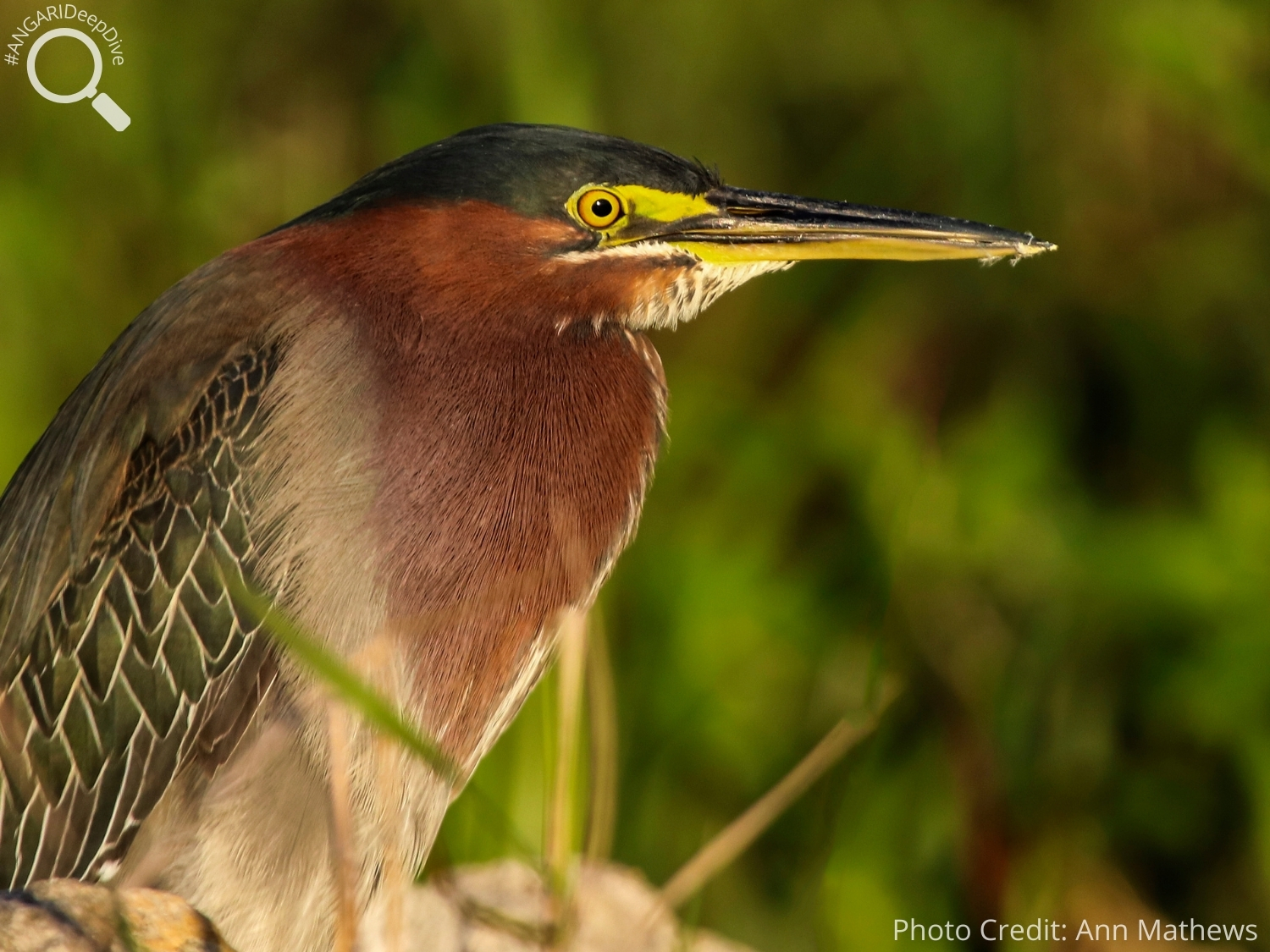The great hammerhead shark (Sphyrna mokarran) is an apex predator within the shark community and…

Atlantic Horseshoe Crab (Limulus polyphemus)
The Atlantic horseshoe crab (Limulus polyphemus) is a crustacean that can be found along the East and Gulf coasts of the United States and Mexico. Although crab is in its name, oddly enough this species is actually more closely related to a spider or a scorpion than a crab. You may get lucky and see one of these when it comes on land to lay its eggs but this doesn’t happen too often as they spend most of the year in the ocean, read on to learn about this fascinating species.
#1: You are very young compared to the Atlantic horseshoe crab!
The horseshoe crab has lived on earth for an estimated 450 million years and has pre-dated dinosaurs by 200 million years. It is common knowledge that species adapt over time however, this crab found the perfect formula a long time ago and hasn’t needed to change since.
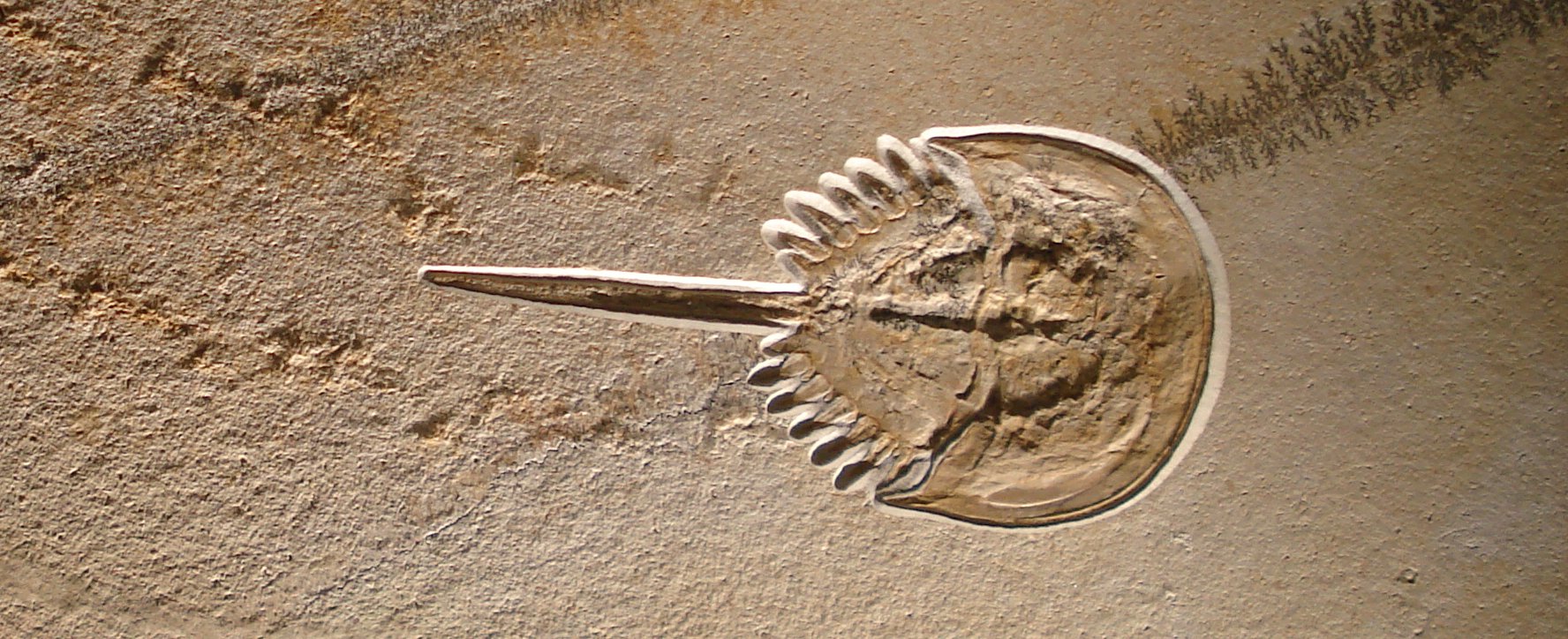
#2: There are three parts to Atlantic horseshoe crabs.
An Atlantic horseshoe crab can split into three separate sections. Firstly the body of a horseshoe crab is split into three segments;
-
- The prosoma, is the largest section and the because of its shape gives the horseshoe crab its name.
- The opisthosoma, is the middle section and contains the gils and aids this specie with movement.
- The telson, is the tail that is used to direct it and flip itself over if stranded upside down on the intertidal zone.

#3: One pair of eyes isn’t enough for the Atlantic horseshoe crab.
Horseshoe crabs have 10 eyes that all have a variety of different uses. The two lateral compound eyes are the most obvious pair found on the front shell and the rest are mainly located on its tail. These eyes are used to; find mates during spawning season and to detect ultraviolet light so they can follow the lunar cycle.

#4: Who is larger the male or female Atlantic horseshoe crab?
Female horseshoe crabs the larger gender. Females are know to be an estimated average size of between 18″ and 19″. This in comparison to a male which on average 14″-15″ which makes the female 33% larger than males.
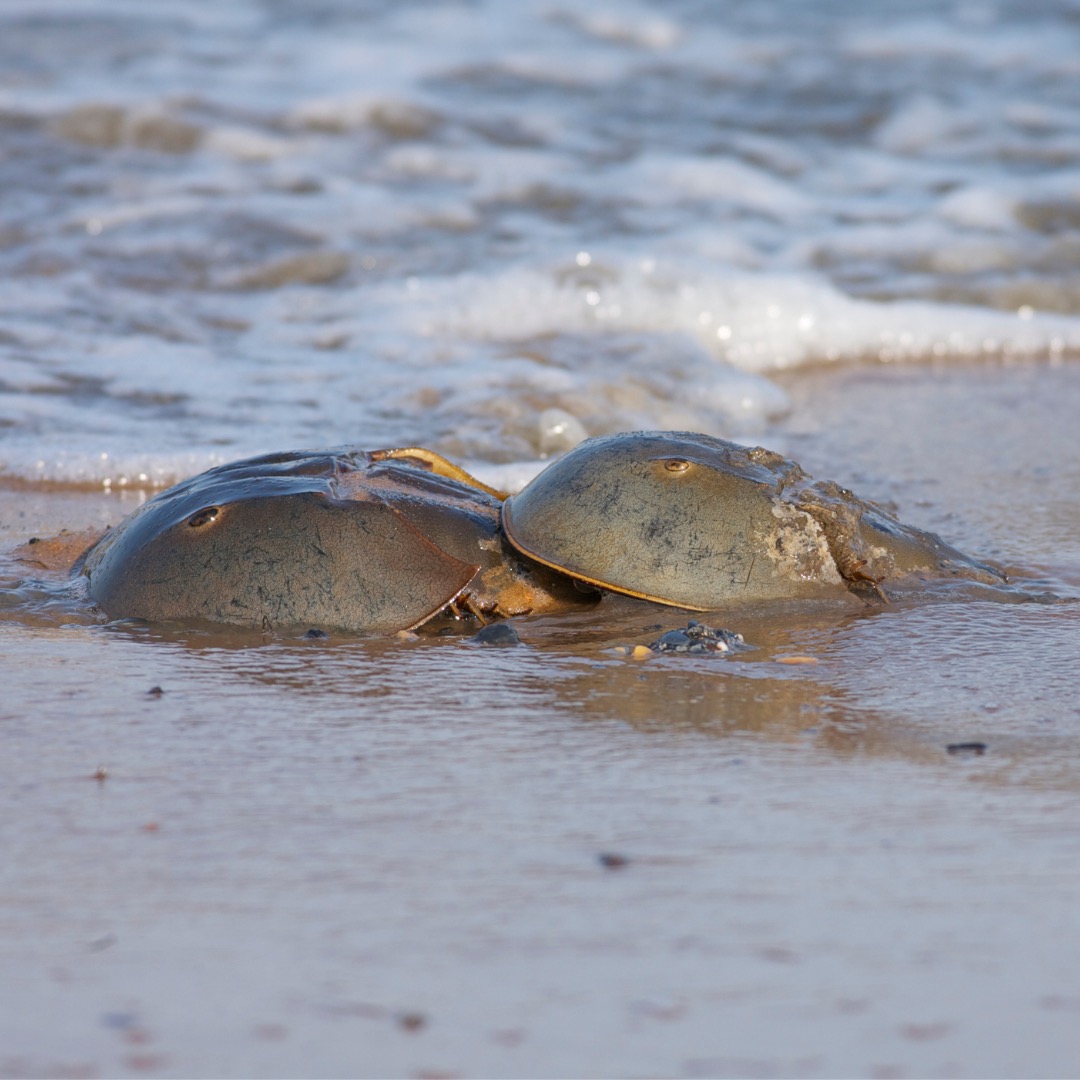
#5: Where do juvenile Atlantic horseshoe crabs live?
Juvenile horseshoe crabs start life their life on land and emerge from the nests that were laid by their mothers. Once hatched they move to the intertidal zone and as they continue to grow and get older they head into deeper waters.
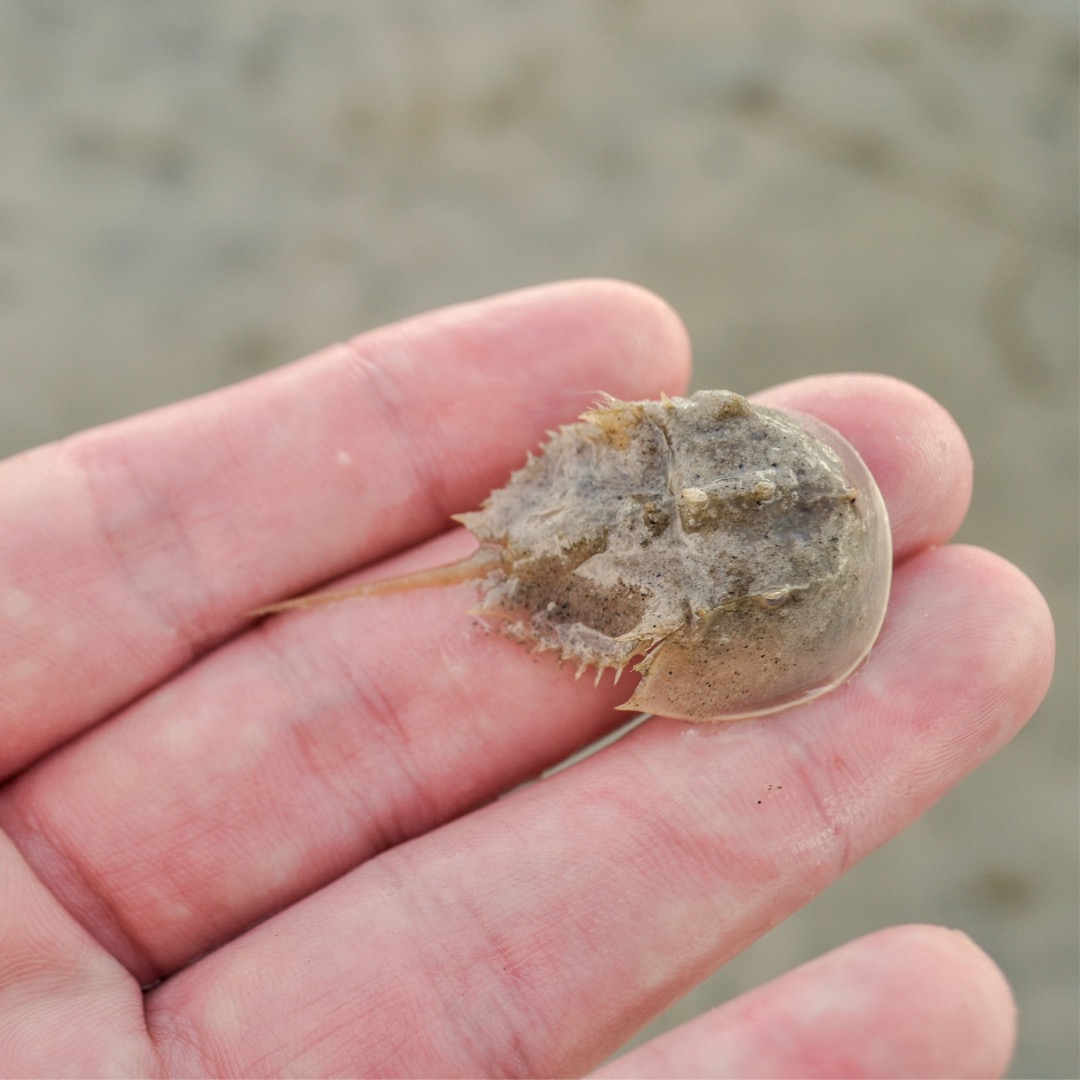
#6: Atlantic horseshoe crabs have blue blood!
The Atlantic horseshoe crab is very unique because it has blue blood. The reason for their blood being blue is because it is copper-based which is different to human blood which is iron-based. They are often harvested for their blood as it is commonly used for pharmaceutical testing.

#7: Atlantic horseshoe crabs molt.
As an Atlantic horseshoe crab grows it molts its old shell. A juvenile crab will molt 17 times before it reaches maturity and this will take roughly 10 years.

#8: The horseshoe crab comes on land to breed.
Atlantic horseshoe crabs come on land to breed. When the tide is high and there is either a full or new moon you will find these crabs up on the beaches digging their nests a laying their eggs. In Delaware there are mass spawning events that will commonly take place between the months of May and June.
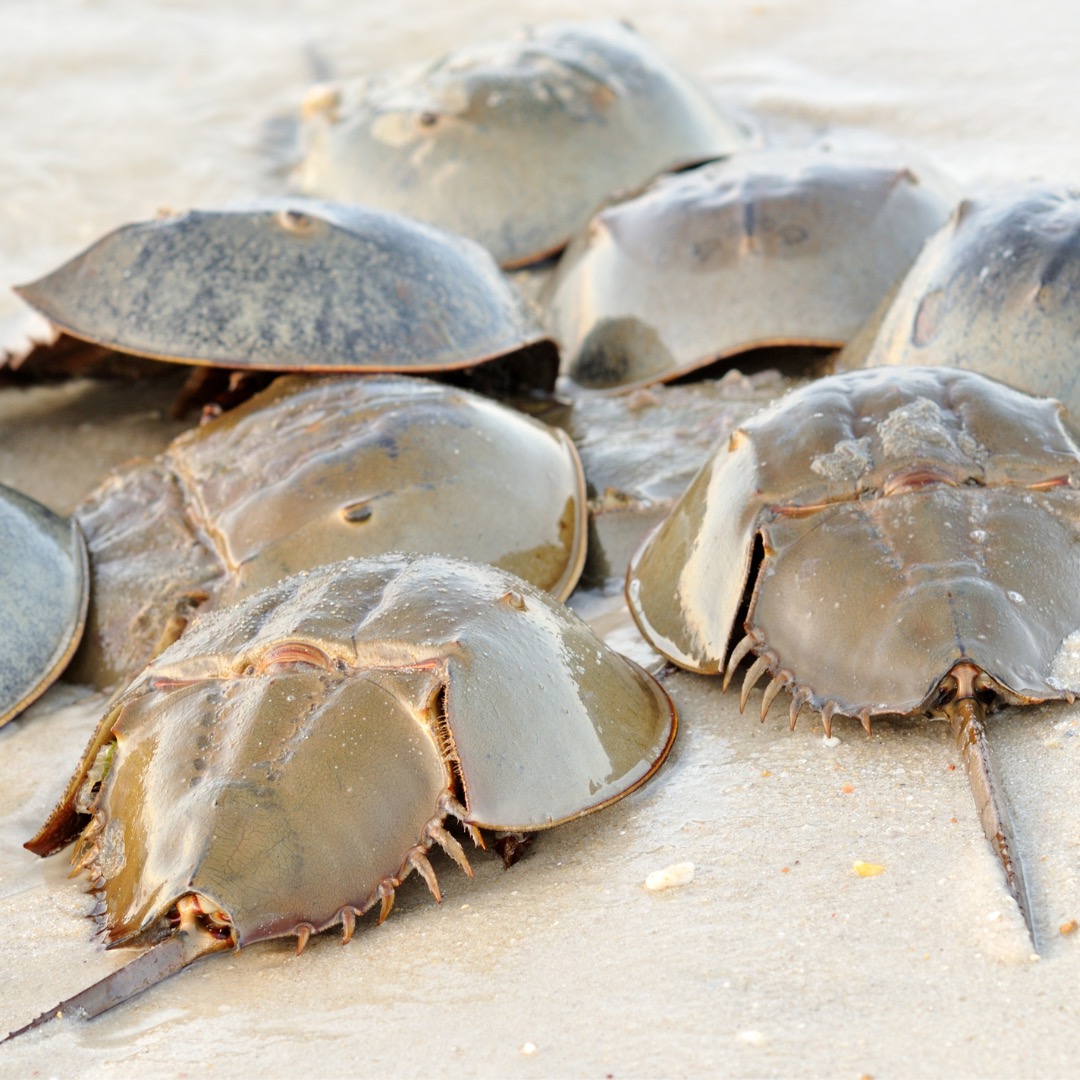
#9: Atlantic horseshoe crabs lay their eggs in a nest.
Once the female Atlantic horseshoe crab is on the beach they will digs a nest on the beach and deposits her eggs into it. After the eggs are laid the successful male with immediately fertlize the eggs and leave them to and then lets the male fertilize them. A female will lay approximately 88,000 eggs each year.

Although the Atlantic horseshoe crab has been on this planet so an awful long time it does still face threats that are affecting the size of their populations. Currently listed species is considered as vulnerable and this is because of habitat loss and over-harvesting.
Large amounts of coastal developments are reducing the available breeding grounds. With this species relying so heavily on beaches for reproduction this causes serious concerns.
This species is also harvested to be used as fishing bait and for testing vaccines in the pharmaceutical industry.
Additional Atlantic Horseshoe Crab Resources:
1. Horseshoe Crab Anatomy – Maryland Department of Natural Resources
2. Facts About Horseshoe Crabs and FAQ – Florida Fish and WildlifeConservation Commission
3. Atlantic horseshoe crab – National Geographic
4. Ocean Expert Exchange with Dr. Savanna Barry and University of Florida IFAS Extension
and Florida Sea Grant

